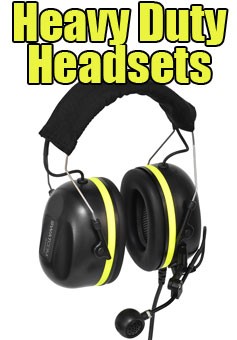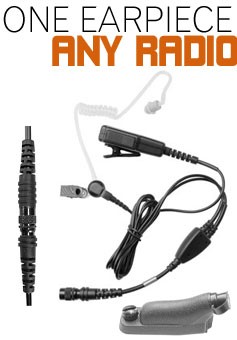
Noise-cancelling headphones have become an indispensable tool for many seeking solace in our increasingly noisy world. Originally designed for pilots to protect their hearing and enhance communication in the loud environment of an airplane cockpit, these devices have found widespread adoption among the general public.
They work by using active noise control technology to reduce unwanted ambient sounds. By generating a sound wave opposite to that of the noise, they effectively cancel it out, creating a quieter environment for the user. This technology is particularly effective against constant, low-frequency sounds like the hum of an airplane engine or air conditioning units.
However, the question arises: how effective are they at blocking out voices, those unpredictable, variable-frequency sounds that permeate our workspaces, public transport, and public spaces? This introduction aims to explore the capabilities and limitations of noise-cancelling headphones in silencing human voices.
The Varied Effectiveness of Noise Cancelling Headphones
In environments where noise levels are consistently high, such as busy offices, construction sites, or urban outdoor spaces, noise cancelling headphones become an invaluable tool. They enable individuals to create a more controlled auditory environment, which can significantly enhance concentration and productivity.
The technology's ability to filter out ambient sounds and minimize distractions allows workers to focus on their tasks with greater ease. Furthermore, for those engaged in tasks requiring deep concentration or participation in virtual meetings, noise cancelling headphones can provide a clearer, more immersive listening experience.
This not only reduces the strain of trying to hear over background noise but also improves the overall quality of work and communication in loud settings.
The Human Voice
When evaluating the efficiency of noise cancelling headphones in blocking out human voices, understanding the decibel (dB) level of these voices is crucial. A whisper, which is soft and gentle, registers at approximately 30 dB. This is relatively low in the sound spectrum and can often be significantly reduced by the capabilities of noise cancelling technology. In contrast, a normal conversation typically measures around 65 dB.
Noise cancelling headphones can also dampen these sounds, making conversations less intrusive to the listener. However, the challenge increases with louder volumes, such as someone shouting, which can reach levels of around 80 dB. At this intensity, while the headphones can still reduce the impact of the sound, completely blocking it out becomes more difficult.
The effectiveness of noise cancellation in these various scenarios underscores the technology's ability to create a more serene auditory environment, albeit with limitations based on the volume of the surrounding noises.
The Efficacy of Noise Cancelling Headphones in Silencing Human Speech
Noise cancelling headphones are adept at reducing ambient sounds to provide a quieter listening environment. However, they do not affect how you hear your own voice when you speak. This is because the sound of your voice is transmitted through bone conduction, vibrating directly from your vocal cords to your inner ear.
This means that while external noise may be significantly diminished, the sound of your own speech will remain largely unaffected. This unique aspect of human hearing ensures that while you're enveloped in silence from the outside world, your own voice still comes through clearly to your ears.
When considering the specific challenge of blocking out human voices using noise cancelling headphones, the technology showcases both strengths and limitations. Noise cancelling headphones are engineered to significantly reduce ambient noise, including the hum of traffic, the drone of an airplane's engine, or the background murmur of a crowded room. These sounds, which tend to be more consistent in frequency, are where noise cancelling headphones excel.
However, human voices vary significantly in pitch, tone, and volume, making them more challenging to fully eliminate. While these devices can reduce the clarity and volume of voices, making them less distracting and easier to ignore, completely blocking out conversations, especially those occurring at close range, is more difficult.
This variation in effectiveness is due to the adaptive nature of noise cancellation technology, which is primed to counter constant, predictable noises rather than the dynamic range of human speech. Therefore, while noise cancelling headphones can make a noticeable difference in a listener's ability to focus in environments with speech, they are not wholly effective in rendering voices inaudible.
-

SWATCOM Universal Connector A-Kabel Helmet Headset
We have taken our popular A-Kabel helmet headset and added a Universal Conn...
-

SWATCOM Passive Noise Cancelling A-Kabel Headset
In our search for the perfect headset, we found that some are better suited...




















